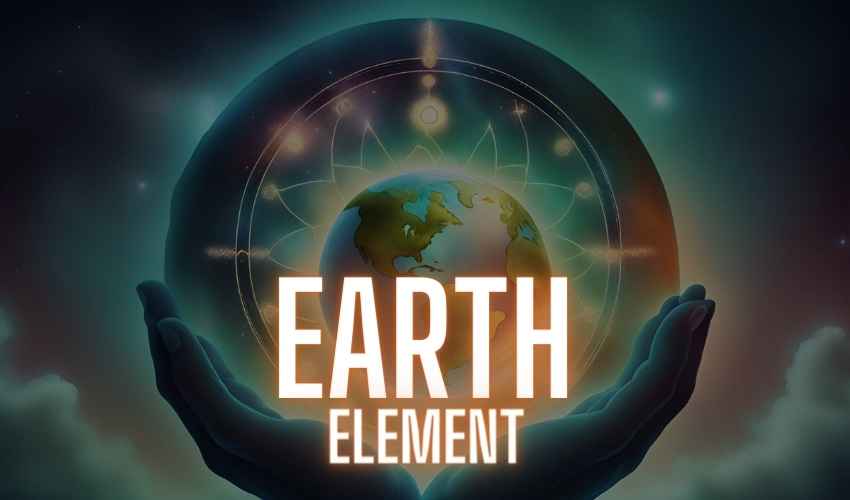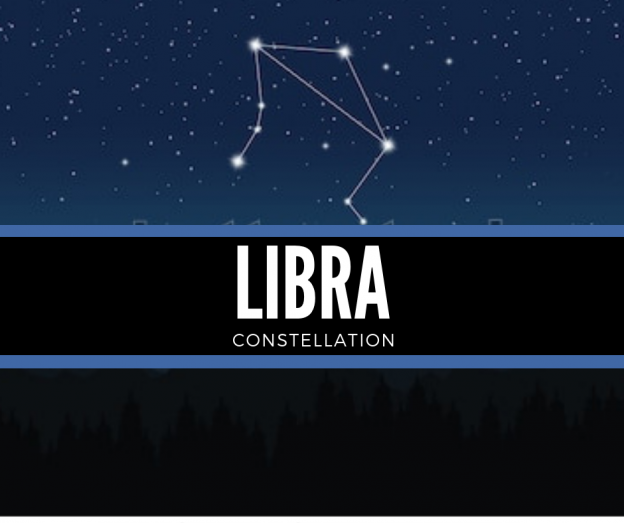Shining above, amidst the countless stars, there is a heavenly maiden that glows bright.
Her beauty is endless, she is rich and lovely, and has been worshiped and admired across millennia. She is actually not a she—it’s Virgo, and is one of the 88 constellations that reign the celestial sphere.
While easily identified thanks to its brightest star, to the unaided eye Virgo might not seem like the richest constellation around. Nothing further from the truth.
For amateur astronomers with the simplest advanced equipment, Virgo is a never-ending source of rich information and beautiful celestial bodies. And for astrologists, Virgo remains one of the essential twelve signs of the zodiac worth of studying and understanding.
ABOUT THE VIRGO CONSTELLATION.
With a Latin name that means “virgin” or “maiden”, the figure perceived in the southern sky was that of a winged woman. Despite this, it might pose a challenge to visualize the maiden shape in that star pattern.
Regardless, Virgo remains one of the most imposing constellations of all—it is the biggest zodiacal one and 2nd largest overall, only surpassed by the gigantic Hydra. It occupies an impressive 3.14% of the night sky and, despite having stars that are mostly average in brightness, a single striking star makes it fairly easy to notice.
As a member of the zodiac, Virgo is located at a privileged position in the sky—it is one of the constellations that mark the elliptic, a path that the sun, moon, and planets apparently cross through the sky once a year. In particular, Virgo is visible between the latitudes +80° and -80°.
As for its neighbors, the constellation’s large size allows it to be nearby many others—Boötes, Corvus, Hydra, Coma Berenices, Serpens Caput, Crater, and the zodiacal Leo and Libra.
However, there is no need to get technical or to have vast constellation knowledge to trace Virgo—experts have come up with far easier methods to locate the Maiden, one of them involving the quintessential Big Dipper asterism.
Perhaps the most well-known shape in the sky, the Big Dipper is an asterism part of the Ursa Major constellation and fairly easy to locate. After finding the end of the dipper’s handle, it’s advised to follow the arc towards Arcturus from the Boötes’ constellation, and eventually extend the line from it towards Spica, Virgo’s brightest star. This method has a mnemonic—“Arc to Arcturus and spike Spica”.
Virgo is a constellation that can be enjoyed both in the Northern and Southern hemispheres even though it is suggested to do so during certain times of the year. Experts agree the best month to gaze upon Virgo’s beauty is May, but it shines from mid-March to late June.
A small warning—it’s not suggested to search for the constellation from September 16 to October 30, as the sun passes through it and visibility is diminished.
MAJOR STARS IN THE VIRGO CONSTELLATION.
Virgo has one of the brightest stars in the sky and, by virtue of being so large, it also hosts a high number of other ones that, despite its relative dimness, require further attention and study.
Spica.
- The brightest star in the Virgo constellation is also one of the most important ones in the night sky, Spica ranks as the 15th brightest star in the night sky, in a tie alongside Antares.
- Also known as Alpha Virginis, its beautiful blue-white glow is perfectly visible even without special equipment.
- Located at 262 light-years away from Earth, Spica is notable for being a binary system with elements so close to one another that their gravitational forces have distorted their shape, rendering egg-like.
- Spica, alongside Arcturus and Denebola (or Regulus) forms the asterism known as the “Spring Triangle”, for it shines brightly between March and May.
- Etymologically, Spica means “ear”.
Porrima.
- Gamma Virginis, most commonly known as Porrima, is the second-brightest star in the Virgo constellation, yet far dimmer than the notorious Spica.
- Much like its brighter sister, Porrima is a blue-white binary system star with an origin that dates back to over a billion years ago and it is estimated to be 39 light-years away from the Sun.
- The star’s name, Porrima, is of Roman origins—Porrima was another name for Antevorta, designated as one of the goddesses of prophecy and protector of women and childbirth.
61 Virginis.
- 61 Virginis is a star of particular relevance, despite its minimal visibility in the dark sky. This answers to the fact that its structure is eerily similar to that of the Sun. In fact, the star boasts of almost identical size, mass, radius, chemical structure and luminosity.
- Even more interesting—around the star orbits a planet similar to Earth, yet in a larger size—a Super Earth.
VIRGO CONSTELLATION FACTS.
Perhaps it’s due to its large size, but Virgo hosts a plethora of amazing events and deep space objects within its limits. This makes the Heavenly Maiden a rich and populous constellation, full of facts and data to explore.
- The September equinox—that is, when the Sun seems to cross the Equator downwards—marks the start of autumn in the Northern Hemisphere and spring in the Southern Hemisphere. Traditionally, this happened as the sun crossed Libra, but nowadays it takes place in Virgo.
- Virgo has a galaxy cluster within its limits, often called the Virgo Cluster. Composed of an estimation of 2,000 galaxies, it is often considered the largest structure within the nearby area of the universe. The cluster is formed by gravity pulling each galaxy towards one another.
- The Virgo Cluster is, in fact, part of an even bigger element—the Virgo Supercluster. The Virgo Supercluster also contains another gathering, known as the Local Group. While it might not sound familiar, it is home—it contains the Milky Way, thus also the Solar System and Earth.
- The Maiden constellation is also the home of the very first quasar identified—3C 273. It is also the most visible quasar in the night sky, with a brightness over 4 trillion times bigger than the Sun.
- By being a zodiacal constellation, Virgo is a highly important part of modern astrology, as it is considered one of the twelve zodiac signs. Those born between August 23 and September 22 are said to be influenced by the Sun going through Virgo—even if the sun no longer passes by the Maiden during such days.
VIRGO CONSTELLATION MYTH AND HISTORY.
There is not a general myth associated with Virgo, but plenty. Many civilizations have associated Virgo with fertility and crops. Ancient Babylonians saw in the sky the goddess Shala, guardian of the grains.
The Greeks, on the other hand, considered the maiden in the sky to be the goddess of cereals and agriculture Demeter, though sometimes they associated it with her daughter Persephone, goddess of spring and the Underworld—mostly because Virgo shines the most during springtime.
During the middle ages, the Maiden was considered to be the figure of Virgin Mary—an association that was easy to make and it lasts until today.
Greco-Roman astronomer Ptolemy considered Virgo to be one of the official 48 constellations, eventually becoming one of the 88 considered set in stone by the International Astronomical Union.
In astrology, Virgo remains important—it is one of the twelve constellations said to rule and influence humans on Earth. An Earth sign ruled by Mercury, those born with the sun under Virgo are smart, kind, elegant, and hard-working, yet shy, critical, and prone to worrying.
The starry maiden overwhelms the rest of constellations with her presence and beauty, so whether or not their birth was watched over by her, it’s a fantastic idea for anyone to spend a quiet May night gazing upon Virgo.
SEE MORE: ZODIAC CONSTELLATIONS
SOURCES:
How to find the Virgo Constellation by Carolyn Collins Petersen at ThoughtCo.
Porrima at Universe Guide.
Spica is a whirling double star by Deborah Byrd and Larry Sessions at EarthSky.
The Virgo Cluster of Galaxies at The Messier Catalog.
Virgo Constellation: Facts about the Virgin by Kim Ann Zimmermann at Space.com.
Virgo? Here’s your constellation by Bruce McClure at EarthSky.
Virgo Zodiac Profile at Horoscope.com.
- ISFJ and ISTJ in love: 5 Essential Dynamics of their Relationship - February 24, 2024
- ENTP and ENTJ in love: 6 Critical Dynamics of Their Relationship. - February 18, 2024
- ESTJ and ESFJ in love: 4 Key Aspects of their Relationship. - February 12, 2024





